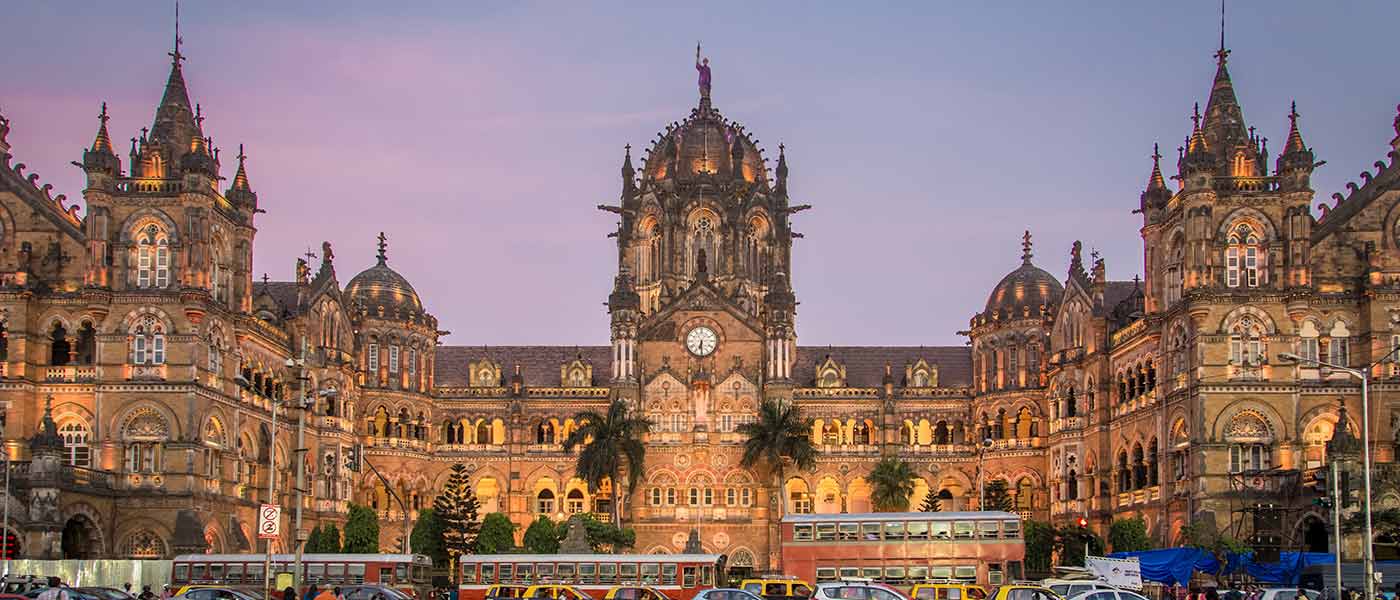Chhatrapati Shivaji Maharaj Terminus: A Grand Junction of History and Heritage
Amidst the bustling cityscape of Mumbai, the Chhatrapati Shivaji Maharaj Terminus (CSMT) stands as an architectural masterpiece that encapsulates India’s colonial history and cultural legacy. Recognized as a UNESCO World Heritage Site, this iconic railway station not only connects millions of passengers but also serves as a living testimony to the country’s rich heritage.

A Glimpse into History:
Completed in 1887, the Chhatrapati Shivaji Maharaj Terminus was originally named Victoria Terminus in honor of Queen Victoria. Designed by British architect Frederick William Stevens, the station’s unique fusion of Victorian and Indian architectural styles showcases the cultural syncretism of the colonial era.
Date of Designation:
The Chhatrapati Shivaji Maharaj Terminus earned its UNESCO World Heritage status on July 2, 2004. This momentous recognition celebrated the station’s architectural brilliance and its significance in India’s history and transportation network.
Reasons Behind its Designation:
Numerous factors contributed to the inclusion of the Chhatrapati Shivaji Maharaj Terminus in the UNESCO World Heritage List:
Architectural Marvel: The CSMT is a prime example of Gothic Revival architecture with Indian influences. Its intricate carvings, domes, turrets, and blend of local and imported materials reflect the aesthetic vision of its architect and the cultural context of the time.
Cultural Significance: The station’s architectural design and name change to honor Chhatrapati Shivaji Maharaj signify a shift towards acknowledging and celebrating India’s indigenous heritage, marking an important step in the country’s colonial history.
Transportation Hub: Beyond its architectural grandeur, the CSMT has played a pivotal role in India’s transportation network. It facilitated the movement of goods and people, contributing significantly to the nation’s development and connectivity.
Historical Symbolism: The station served as a backdrop for significant historical events, including the reception of dignitaries during the colonial period and later as a site of political demonstrations, making It represents India’s fight for freedom.
Impact of World Heritage Status:
The UNESCO World Heritage recognition has had a transformative impact on the Chhatrapati Shivaji Maharaj Terminus and its vicinity:
Conservation and Restoration: The designation has spurred efforts to preserve and restore the station’s architectural elements. Restoration projects address wear and tear, ensuring the station’s continued grandeur.
Tourism and Cultural Exchange: The CSMT’s World Heritage status has drawn tourists, both domestic and international, fostering cultural exchange and contributing to the local economy.
Educational Value: The recognition highlights the importance of the station’s history and architecture, making it an educational resource for understanding the colonial past and architectural evolution.
Conclusion:
The Chhatrapati Shivaji Maharaj Terminus’ journey to becoming a UNESCO World Heritage Site is a testament to its historical and architectural significance. As it continues to serve as a functional transportation hub and an architectural gem, it reminds us of the interplay between history, culture, and progress. Preserving and cherishing such heritage sites ensures that future generations can appreciate the fusion of artistic vision and cultural heritage that these structures embody.




